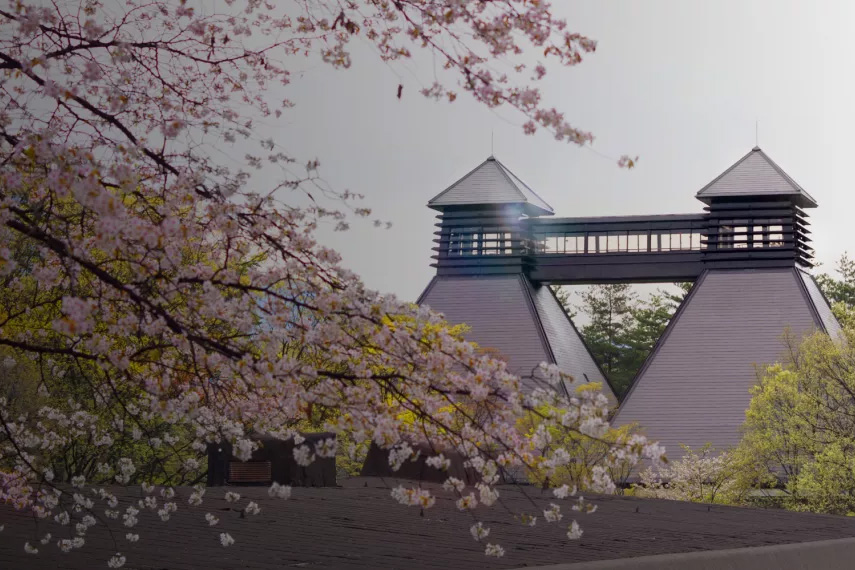There are many who do not realise that the Japanese produce their own single malt and blended whiskies. Of those that do, many think it a modern phenomenon. In fact, Japan is the world’s third largest producer of whisky behind the Scots and the Americans – yes, they beat the Irish. And the first distillery began making whisky in Japan over a century ago.
The popularity of Japanese whisky has grown to the wider international audience, especially in Europe and America, since a Japanese whisky first won a major award in 2001. Following this, Japanese whiskies have won two of the most prestigious prizes at the World Whisky Awards in 2008 – the Yoichi 20 years old won Best Single Malt and the Hibiki 30 years old won Best Blended Whisky. These were the first Japanese whiskies to win such a prize and the results sent shock waves around the whisky world. The rest is history as they say.
Japanese Whisky
Whisky Reviews
History of Japanese whisky
Japan has a relatively short whisky making history when compared to Scotland, America or Ireland. However, it can offer over 100 years of history since the foundation of the first single malt distillery at Yamazaki in 1923. The early part of Japanese whisky’s history is that of the Yamazaki distillery.
Its founder, Shinjiro Torii, sent one of his best students, Masetsaka Taketsuru, to Scotland after the end of the World War I. His mission was to gain as much information and experience about the Scottish whisky industry as possible. Taketsura learned how to make different styles of whisky and worked at diverse distilleries such as Mortlach in Speyside and Lagavulin on Islay.
After almost three years in Scotland, Taketsuru returned to put his knowledge in to practice and worked at Yamazaki, eventually becoming Distillery Manager. The company of Suntory is named after Torii. Taketsuru later went on to form Japan’s second whisky distillery at Yoichi in the 1930s and the second whisky company, Nikka.
Boom, then bust
The Japanese industry really boomed in the 1970s and early 1980s when sales of imported whisky, particularly Scotch, were increasing massively. Numerous new distilleries were built and some sake distilleries and other spirits companies were also converted to make whisky so as to meet demand. However, the bubble quickly burst and by the end of the 1980s, the whisky industry in Japan was struggling and a number of distilleries were closed.
The main contributing factors blamed for the slump were the increasing cheapness and availability of those imported whiskies from Scotland, Ireland and the USA combined with a hike in the Japanese alcohol taxes. This made the Japanese whiskies very expensive in comparison to overseas competitors and sales crashed.
Today the demand for Japanese whisky has grown again. This is mostly in the export markets as taxes still remain high and the Japanese market is flooded with cheaper foreign imported whiskies. Through the winning of major whisky awards, the reputation of Japanese whisky has grown and more people are drinking it than ever.
Japanese whisky contributes to 5% of all worldwide whisky sales, meaning that of every 20 bottles of whisky sold then one is Japanese. This helps to sustain Japan’s whisky distilleries, including the original Yamazaki and Chichibu, which was the first new distillery built in Japan since the 1970s when it opened in 2008. The numbers have also been boosted by the craft distilling scene – this means that there are now 40+ distilleries distilling whisky in Japan.
Differences and similarities
Each distillery has its own style and method for distilling and maturing whisky, but most follow the traditional Scottish practices. In fact, Japanese whisky is often said to be the most similar to Scotch but without being from Scotland. Generalising is difficult, but here are a few facts about Japanese whisky:
- The whisky is distilled twice, as in Scotland, using copper pot stills.
- Malted barley is imported from around the world, including from Scotland. Some of this is peated. Australia also supplies barley. American oak/ bourbon casks are also imported from Scotland and America, as are sherry casks from Spain. Some whisky is matured in Japanese oak (called mizunara oak) that gives different flavours and characteristics.
- The Japanese climate is more similar to the states of Kentucky and Tennessee in America, than those of Scotland or Ireland. This means that the summers are warm to hot (depending on the location) while the winters are cold to very cold, making the extremes of temperature that the whisky experiences during maturation much greater.
- Due to the different temperatures and climate, the whisky matures at a slightly faster rate than in Scotland or Ireland. As in America, the whisky shows more wood influence as a result.
- By using a bit of Japanese innovation, each distillery can produce a broader range of flavours and styles in their whisky. They achieve this by having different shapes of stills, using different types of yeast for fermentation, using mixes of barley and other grains and experimenting with cask maturation.
- Japanese whisky companies do not share their stocks of whisky when producing a blend, unlike in Scotland or Ireland. Therefore, blends will only consist of whisky produced at a maximum of two distilleries with these distilleries creating different styles for this purpose.
Did you know?
In the early 1980s, the Hakushu distillery in central Japan was the largest whisky distillery in the world with an annual production capacity of 12 million litres. This beat anything in Scotland, Ireland or America at the time.










